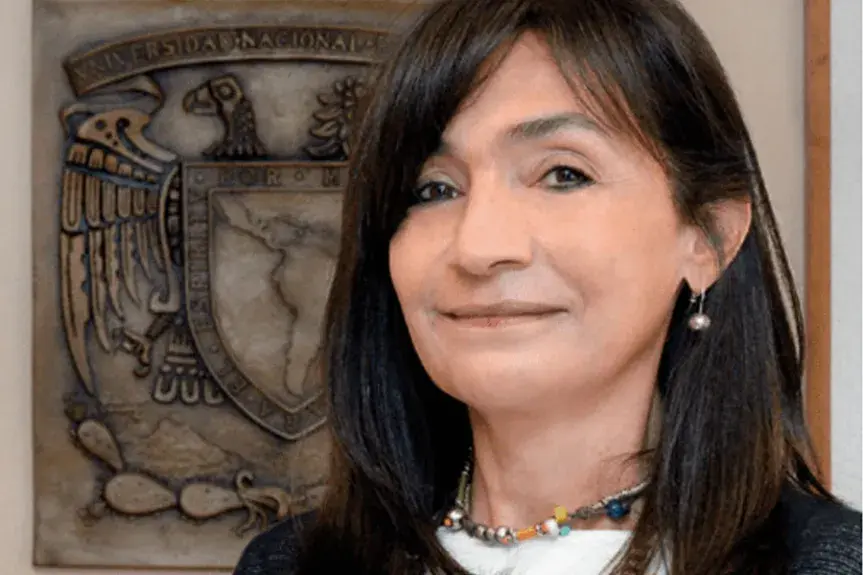
Séminaire Philbio
Séminaire organisé par Louis Virenque, Agathe du Crest et Christelle Montjean - Salle de conférences du deuxième étage de l'IHPST
Nous aurons le plaisir d'accueillir Ana Barahona (Full Professor at UNAM University) pour une présentation intitulée : "Games and genes: human diversity meets cytogenetics. Mexico 1968".
Abstract : The 1968 Olympic Games in Mexico included innovative practices and technological knowledge of human biology. The first time that cytogenetic techniques had been applied to athletes was in the 1966 European Athletics Championship in Budapest and used to Olympic athletes for the first time in Mexico in 1968. The Genetics and Human Biology Program (Programa de Genética y Biología Humanas, PGBH) was created for this purpose in 1966 in close collaboration with the Local Organizing Committee (Comité Organizador, CO). Mexican geneticists Alfonso León de Garay and Rodolfo Félix Estrada led the project. The main objective was to study the genetic and anthropological components determining an Olympic athlete’s abilities. This investigation studied 1,265 game participants and included family studies, cytological analyses, research on single genes, and the study of sex determination. In terms of influence beyond Mexico, this Program was significant as a site of transnational collaboration. It mobilized cognitive and financial resources, scientific practices, and material culture to set up a clinical laboratory in the Olympic Village. The Program also hosted three international seminars in Mexico City, two before the games, to calibrate clinical trials and anthropological tests. One in 1969 to analyze the results and proceed to their publication in 1974. This manuscript will focus on the PGBH to show how its work fits in the larger tapestry of post-1945 human biological studies. Also, it explores how the Olympic athlete populations studied can be considered laboratories of knowledge production or sites of cognition conceived as specific entities for scientific inquiry, standardization of medical practices, and the production or application of medicines. Finally, through the narrative of the different trajectories and collaborations of the leaders of the PGBH, this manuscript will show how contact between their scientific practices brought cytogenetics and sports together.